
Ananaya Jain
100%ile in B.Studies, Economics, Accounts & Maths

Hargun
100%ileEco

Aakarshit
100%ile B.St

Parth
100%ileAcc

Aisha
99.9%ileEng

Grita
99.9%ileB.St

Vrinda
99.9%ileEco

Ridhwanshi
99.9%ileEng

Ananaya
99.8%ileAcc

Ryan
99.8%ileEng

Bhavika
99.8%ileGAT

Harsheen
99.8%ileB.St

keshav
99.8%ileGAT

Chitraksh
99.8%ileGAT

Devesh
99.8%ileGAT

Gaurish
99.8%ileAcc

Vansh
99.8%ileAcc

Vidushi
99.7%ileB.St

Redhima
99.7%ilePol.S

Manav
99.7%ileAcc

Aryman
99.7%ileEng

Hamreet
99.7%ileEng

Yatharth
99.7%ileB.St

Kanav
99.7%ileB.St

Pranjal
99.6%ileGAT

Vidushi
99.6%ileEng

Maanas
99.5%ileEco

Ayra
99.5%ileB.St

Ridhi
99.5%ileAcc

Eshani
99.4%ileB.St

Khanak
99.3%ileB.St

Jaideep
99.2%ileEco

Samriti
99%ileGeo

Bhavyam
99%ileGAT

Harshveen
99%ileEng

Vasu
99%ileGAT

Drishya Singla
99%ileGAT
Our expert faculty, well researched curriculum, cutting-edge resources, and personalized approach ensure that you are fully equipped to achieve your dream career.
Our well-researched curriculum and session plan are designed to equip you with the knowledge and skills needed to conquer the CUET. With expert guidance and unparalleled resources, you'll be empowered to reach your full potential and achieve your academic goals

Our Hitbullseye team is a league of extraordinary mentors, with IITs, IIMs Alumni, CAs, and industry experts in tow. When it comes to CUET Prep , we're the ones in the know!
Gold Medalists
PhD Scholars
Published Authors
Math Wizards
IIT-IIM Alumni
Practicing CAs

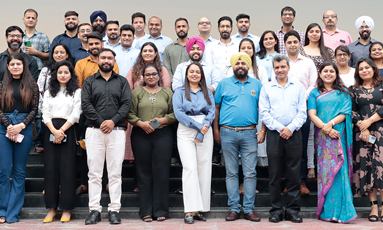


GK Maestro
Teaching hours
16k hrsResults Delivered
4.2k+

Wordsmith Wizard
Teaching hours
42k hrsResults Delivered
4.5k+

An illustrious educator
Teaching hours
44k hrsResults Delivered
4.6k+

Quant Sage
Teaching hours
39k hrsResults Delivered
3.6k+

Math Maestro
Teaching hours
29k hrsResults Delivered
2.7k+
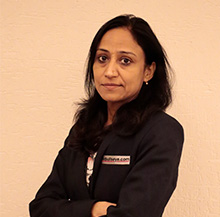
Math Maven
Teaching hours
32k hrsResults Delivered
3.8k+

Veteran Quant Master
Teaching hours
40k hrsResults Delivered
4.0k+

Knowledge Guru
Teaching hours
16k hrsResults Delivered
1.9k+

Verbal Virtuoso
Teaching hours
12k hrsResults Delivered
1.8k+
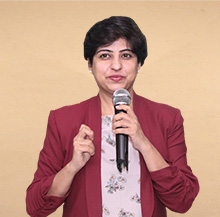
Soft Skills Alchemist
Teaching hours
29k hrsResults Delivered
3.1k+
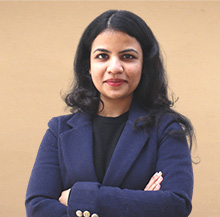
Erudite Legal Master
Teaching hours
15k hrsResults Delivered
3.1k+Make an informed decision. Assess and compare the different features and benefits of different courses and choose the course that best aligns with your goals and aspirations.
Well-curated and structured study material as per the latest exam pattern
Get access to our well-curated resources for current affairs & GK
We offer more than just academic curriculum to ensure 100% exam readiness. Our tailored workshops and prep resources are designed to meet the unique needs of each individual student & empower them to succeed and achieve their goals.
Target Workshops: Basic to Advanced
1-1 Mentoring for 360° Exam Preparedness
Current Affairs & General Awareness Resources
Real Time Analytics for Improvement
Process-Centric Teaching Methodology
College Counselling and Form-Filling Help
Browse our expertly crafted collection of books in collaboration with S. Chand to strengthen your CUET prep.
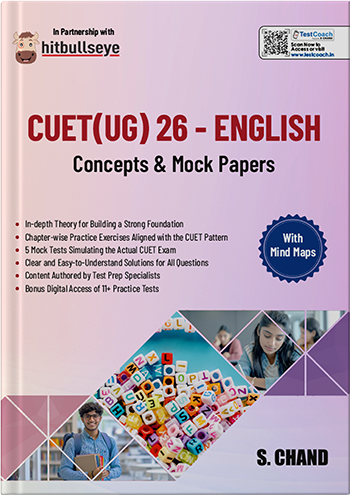
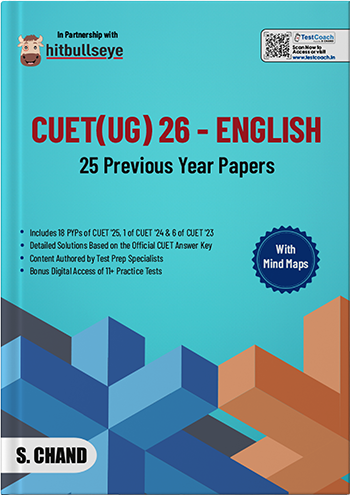
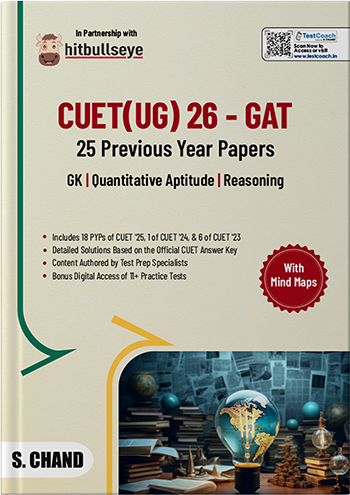
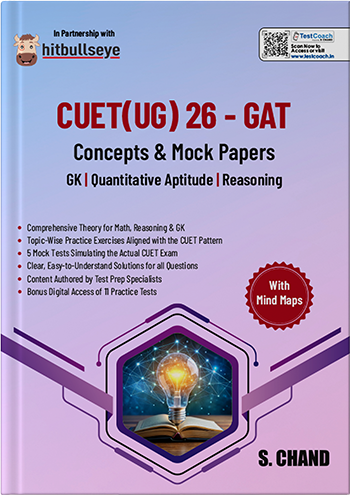
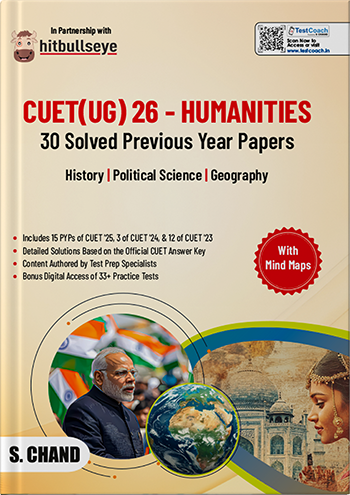
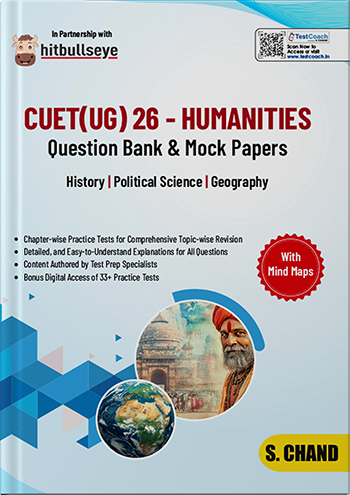
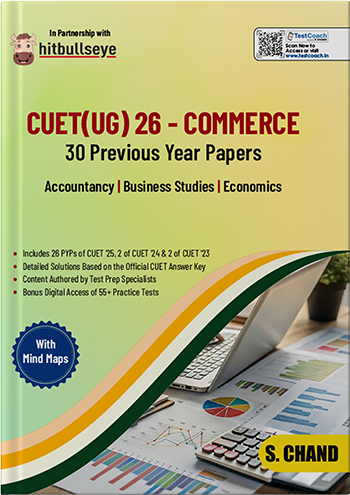



Hear from the Hitbullseye achievers who scored a perfect 100 %ile in CUET 2023 about how Hitbullseye's assistance and guidance were integral to their success in preparing for the exam. Trust the dream team and be the next success story.
Our students receive 1000s of calls from Top Colleges every year. You can be the next one!